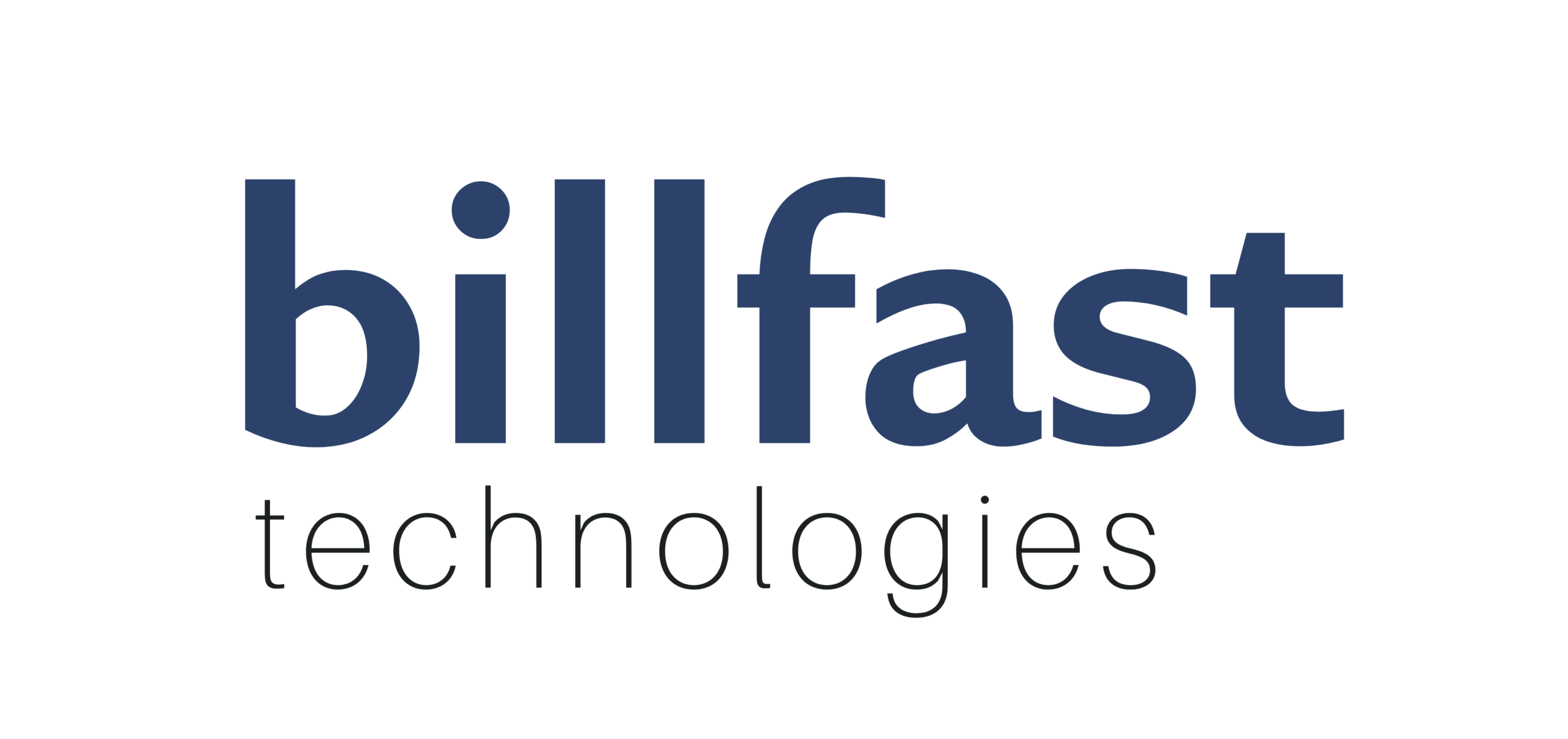In today’s fast-paced healthcare environment, healthcare billing software selection is crucial for efficient operations and optimal patient care. With numerous options available, it can be overwhelming to determine which solution best fits your practice’s needs. In this article, we will explore key factors to consider when choosing a billing system, ensuring you make an informed decision that enhances your revenue cycle management.

Understanding Your Practice Needs
Before diving into the various billing solutions available, assess your practice’s specific requirements. Consider the following:
- Size of Practice: Smaller practices may require simpler solutions, while larger organizations might need advanced features for handling complex billing scenarios.
- Specialization: Certain specialties have unique billing requirements. Ensure the software can cater to your specific field, including CPT and ICD-10 coding.
- Volume of Transactions: Evaluate how many claims you process on a monthly basis. This will help you identify software that can handle your transaction volume without delays.
Key Features to Look For
When evaluating billing software, focus on the following essential features:
- User-Friendly Interface: A clean, intuitive design reduces training time and increases efficiency. Choose software that your staff can easily navigate.
- Integration Capabilities: The billing solution should integrate seamlessly with your Electronic Health Record (EHR) system and other practice management tools to streamline operations.
- Customization Options: Look for software that allows customization of billing templates and workflows to match your practice’s specific processes.
- Reporting and Analytics: Robust reporting tools can provide insights into your revenue cycle, helping you identify trends, track performance, and make data-driven decisions.
- Compliance and Security: Ensure the software adheres to HIPAA regulations and employs strong security measures to protect patient data.
Evaluating Cost vs. Value
Cost is a significant factor in choosing a billing solution. However, it’s essential to look beyond the initial price tag and evaluate the overall value. Consider:
- Subscription vs. One-Time Payment: Determine whether a subscription-based model or a one-time purchase fits your budget and cash flow better.
- Hidden Costs: Be aware of potential hidden costs, such as setup fees, maintenance charges, and costs for additional features or updates.
- Return on Investment (ROI): Assess how the billing software can improve your practice’s efficiency and cash flow. A higher upfront cost may be justified if it results in better revenue collection.
Support and Training
The availability of support and training is crucial when implementing new billing software. Look for:
- Customer Support: Evaluate the quality of customer service, including availability, response times, and support channels (phone, email, chat).
- Training Resources: Comprehensive training resources, such as webinars, tutorials, and documentation, can help your staff quickly become proficient with the new system.
Testing and Feedback
Before Healthcare billing software selection, take advantage of free trials or demos. This allows you to:
- Assess Usability: Get a feel for the software’s interface and functionalities to ensure it meets your expectations.
- Gather Team Feedback: Involve your team in the evaluation process. Their insights can provide valuable perspectives on the software’s effectiveness in your daily operations.
Conclusion
Choosing the right billing software for your healthcare practice is a critical decision that can significantly impact your revenue cycle management and overall efficiency. By understanding your needs, evaluating key features, considering costs, and involving your team in the decision-making process, you can select a solution that supports your practice’s goals and enhances patient care.


